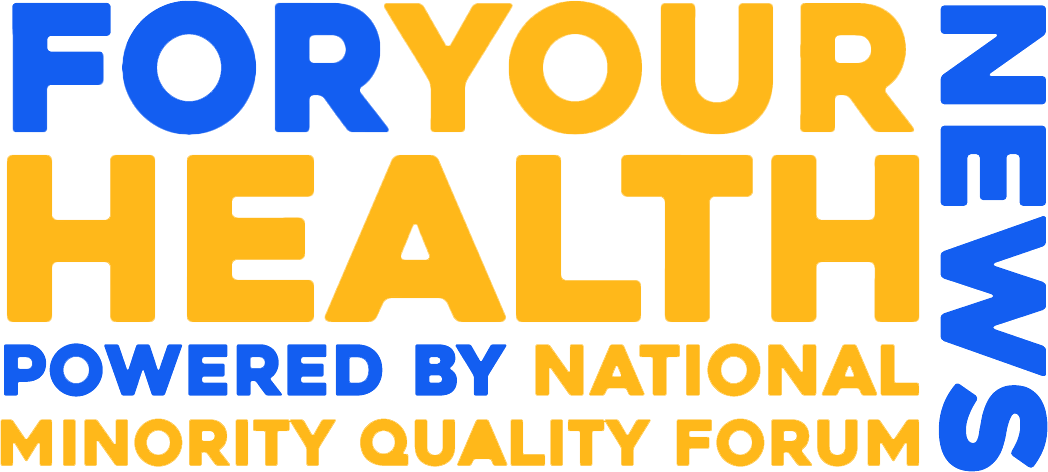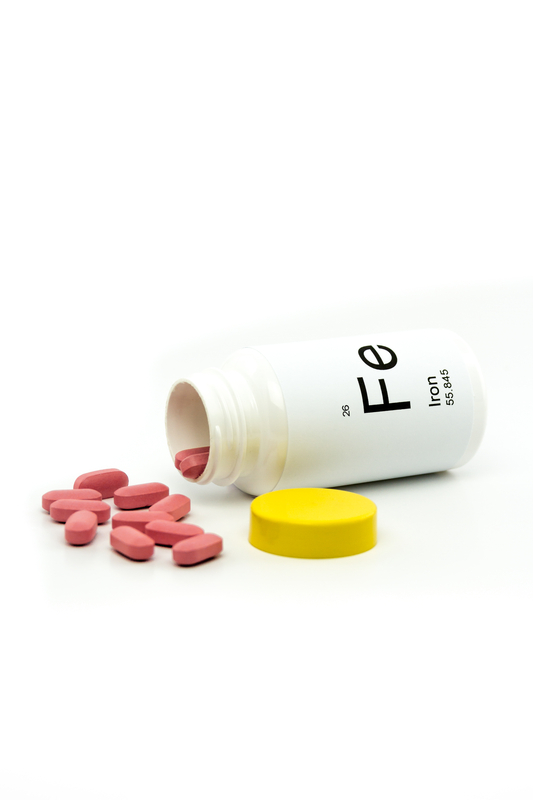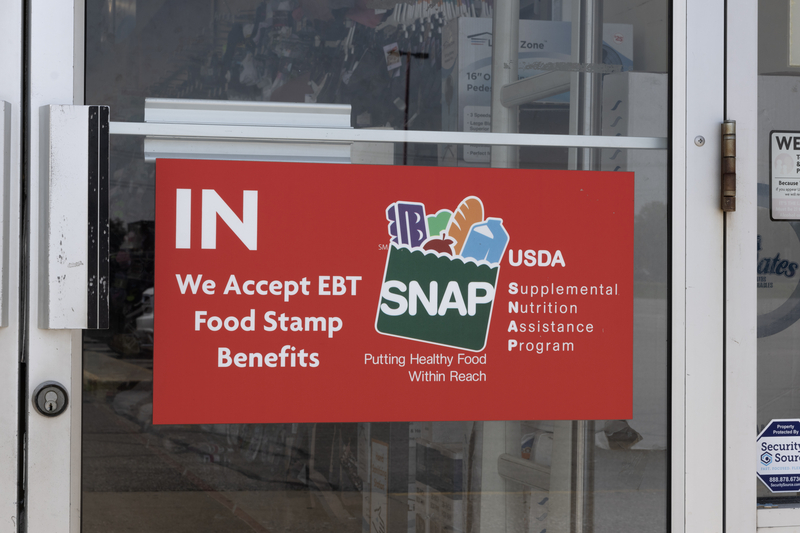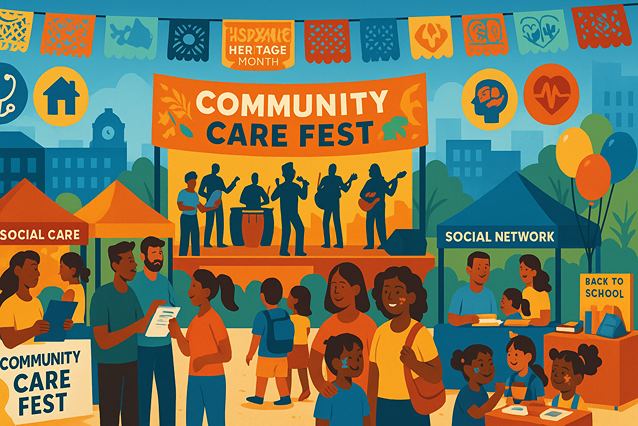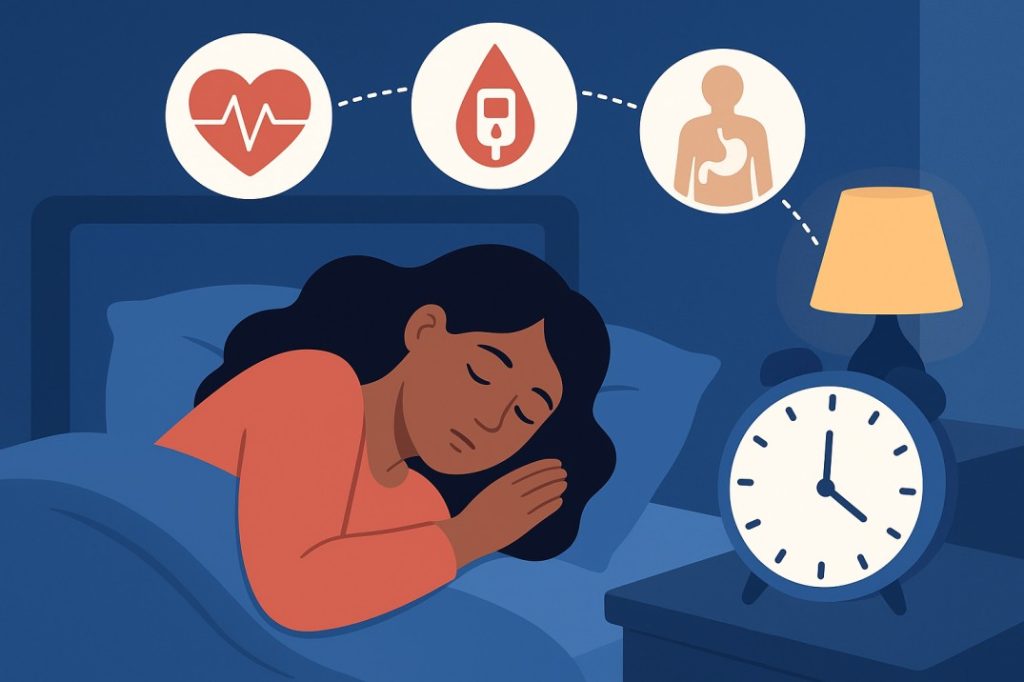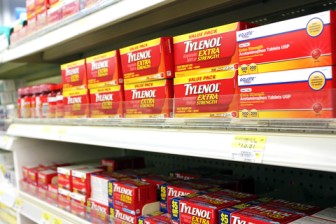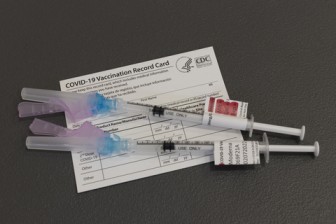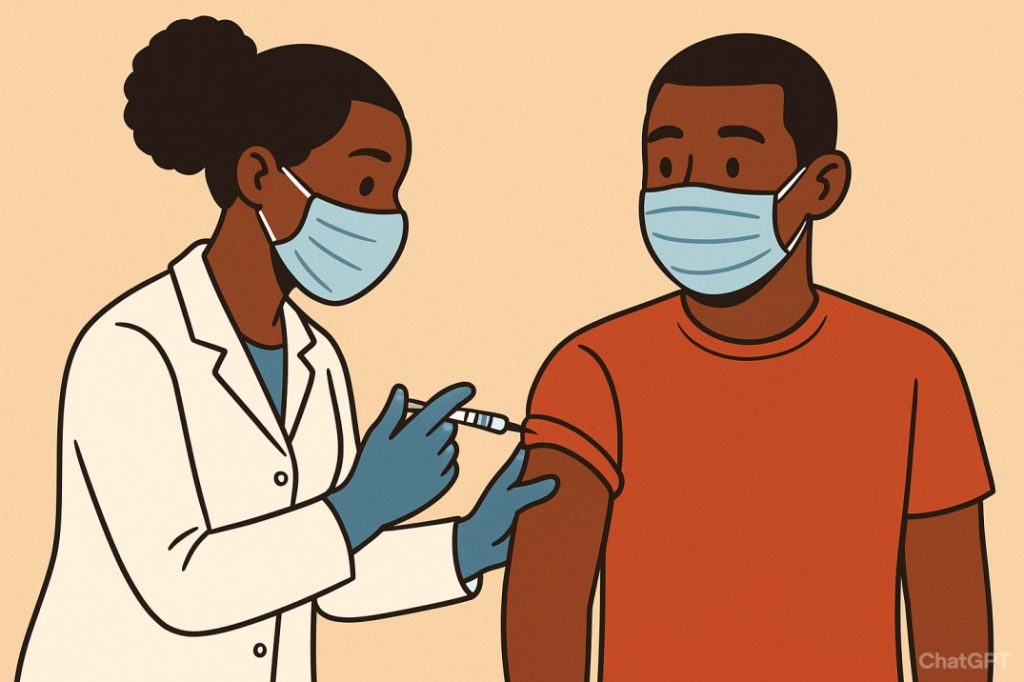- By Victor Mejia

A New Era in Treating Presbyopia
In 2025, the U.S. Food and Drug Administration approved Vizz (aceclidine ophthalmic solution 1.44%), a revolutionary once-daily eye drop designed to address presbyopia—age-related near vision loss that affects more than 128 million Americans. Unlike traditional solutions like reading glasses or magnifiers, Vizz delivers a rapid improvement in near vision within 30 minutes of use, with effects lasting up to 10 hours. This innovation is expected to reshape how millions approach vision care, especially for those balancing work, family, and daily life where reading and close-up tasks are essential.
Why This Matters for Minority Communities
While presbyopia affects all demographics, minority populations often face additional barriers to diagnosis and treatment. Many Black, Latino, Native, and rural residents live in areas where access to optometry and ophthalmology services is scarce. Even in urban settings, cost and insurance coverage gaps limit access to corrective lenses and specialty care. Vizz’s drop-based delivery offers the possibility of integrating treatment into community health settings, mobile clinics, and local pharmacies—potentially lowering barriers to access if pricing and distribution are managed with equity in mind.
Opportunities for Equitable Access
The arrival of Vizz presents a chance to narrow the vision care gap. Mobile health clinics, pop-up screenings at community events, and partnerships with faith-based and cultural organizations could bring Vizz directly to those who need it most. Multilingual outreach and culturally tailored health education campaigns could help explain its use, benefits, and safety profile to diverse communities. If widely adopted, Vizz could reduce dependence on costly eyewear, helping individuals maintain productivity, independence, and quality of life without expensive recurring purchases.
Challenges That Could Limit Its Impact
However, the promise of Vizz may not reach everyone equally. New medications often enter the market with high price points, and insurance coverage is not guaranteed—especially for drugs considered elective or “lifestyle” treatments. Early distribution may prioritize specialty practices in major cities, leaving rural and underserved communities behind. Additionally, misinformation about new treatments spreads quickly, particularly on social media platforms with reduced health content moderation. Without proactive, trustworthy education, skepticism and misunderstanding could slow adoption in communities that already face higher levels of healthcare mistrust.
The Risk of Misinformation
Minority communities are not only more likely to face barriers to care but also more likely to be targeted by misleading health claims. This could include exaggerated promises about Vizz or false warnings designed to discourage its use. In the age of AI chatbots and viral misinformation campaigns, the risk is that inaccurate narratives may spread faster than evidence-based guidance. Public health stakeholders should consider “prebunking” strategies—delivering clear, factual, and culturally relevant information before false narratives take root.
A Call for Equity-First Rollout
Ensuring that Vizz benefits all communities requires intentional planning. Advocacy groups, healthcare providers, and public health agencies must collaborate to:
- Push for affordable pricing and broad insurance coverage.
- Integrate Vizz into community health initiatives.
- Provide multilingual, culturally competent educational materials.
- Leverage trusted messengers—community health workers, local leaders, and culturally resonant media—to share accurate information.
If these steps are taken, Vizz could mark not only a milestone in vision science but also a step toward closing one more gap in healthcare access. Without them, it risks becoming another medical breakthrough that widens disparities instead of shrinking them.
Trending Topics
Features
- Drive Toolkit
Download and distribute powerful vaccination QI resources for your community.
- Health Champions
Sign up now to support health equity and sustainable health outcomes in your community.
- Cancer Early Detection
MCED tests use a simple blood draw to screen for many kinds of cancer at once.
- PR
FYHN is a bridge connecting health information providers to BIPOC communities in a trusted environment.
- Medicare
Discover an honest look at our Medicare system.
- Alliance for Representative Clinical Trials
ARC was launched to create a network of community clinicians to diversify and bring clinical trials to communities of color and other communities that have been underrepresented.
- Reducing Patient Risk
The single most important purpose of our healthcare system is to reduce patient risk for an acute event.
- Jessica Wilson
- Victor Mejia
- Jessica Wilson
